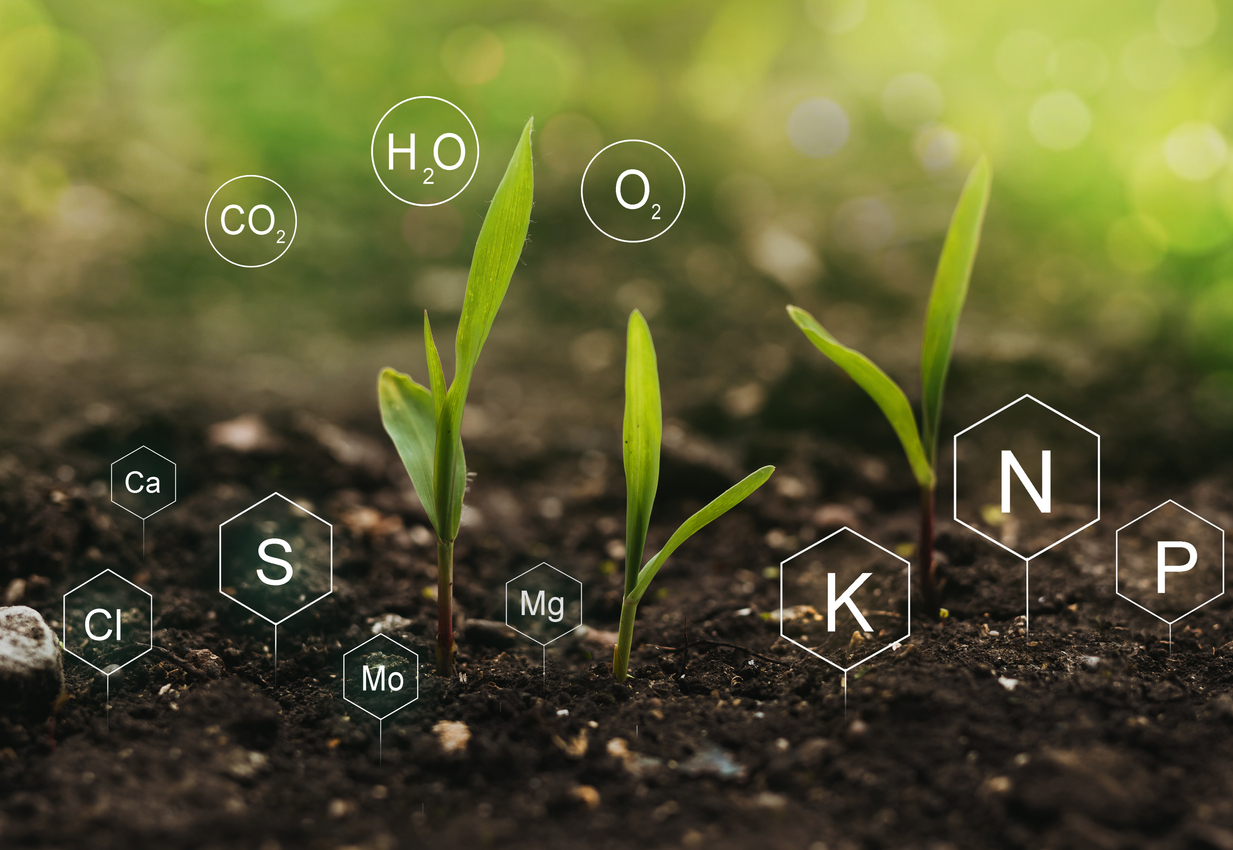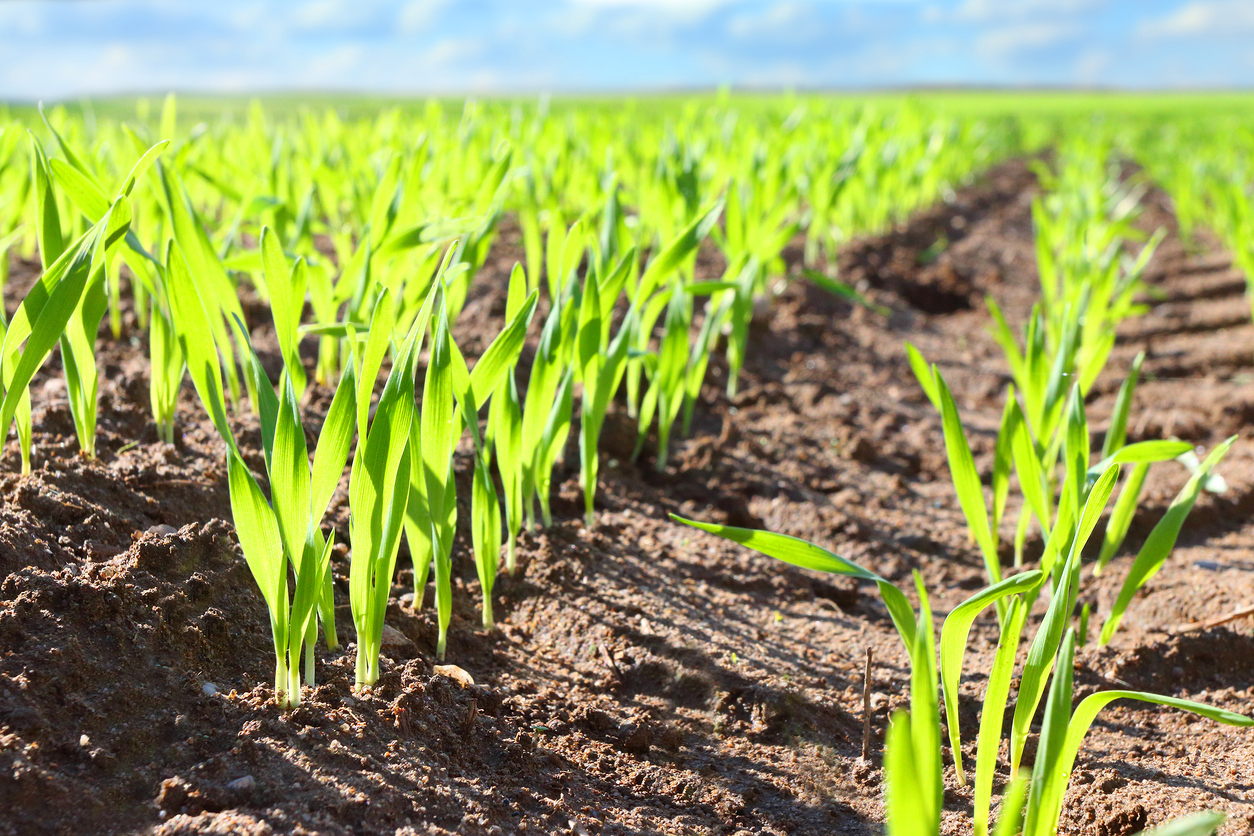No-till and Soil Compaction Struggles

Several farmers commented that no-till soybeans in corn stalks really struggled this year. Where they tilled the corn stalks, they think the soybeans are yielding better. That could be why farmers appear to be doing more tillage this year. If you attended Nutrient Management Certification, they heard that phosphorous needs to be “incorporated”. I prefer the term injected, because if you tell a farmer he needs to “incorporate” his fertilizer, most times they want to get out the plow! Unfortunately, that is the wrong message. Fertilizer needs to come in contact with the soil, and banding phosphorus fertilizer with starter fertilizer is a better management tool, then massive tillage. Aggressive tillage is going to lead to more soil erosion and increased water runoff, and unfortunately, higher soluble phosphorus in our surface water. So how should farmers deal with cold wet soils in the spring? In 2014, we had a cold winter that lingered into spring. When farmers till a soil, they dry it o...





